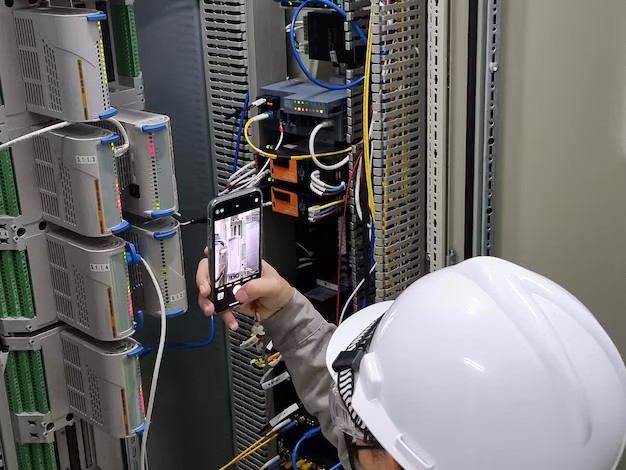The industrial automation landscape has long been dominated by expensive, complex Distributed Control Systems (DCS), putting advanced process control out of reach for many small and medium-sized manufacturers. But now, a new wave of cost-effective DCS solutions is leveling the playing field—bringing enterprise-grade automation to SMEs.
This article explores how these budget-friendly DCS systems are empowering smaller manufacturers to compete with industry giants.

1. The High Cost Barrier for SMEs
Historically, implementing a DCS required:
✔ Heavy upfront investment ($100K+) in hardware and software
✔ Specialized engineering teams for installation and maintenance
✔ Ongoing licensing fees that strain limited budgets
As a result, many SMEs relied on manual processes or basic PLCs, sacrificing efficiency and scalability.
2. Next-Gen Affordable DCS: What’s Different?
The latest low-cost DCS models break tradition with:
Modular, scalable designs – Pay only for what you need
Cloud-based monitoring – Reduce on-site IT infrastructure
Pre-configured templates – Faster deployment with minimal customization
Open architecture – Easier integration with existing equipment
These innovations cut costs by up to 60% compared to traditional DCS systems.
3.Real-World Impact on SME Operations
Early adopters report dramatic improvements:
Automotive Parts Supplier (50 Employees)
Reduced production errors by 32% after DCS automation
Cut energy waste by 18% through smart process controls
Food & Beverage Processor (Mid-Sized)
Achieved FDA compliance with automated tracking
Scaled output 25% faster without adding staff
Textile Manufacturer (Small Factory)
Enabled 24/7 operation with remote diagnostics
Slashed maintenance costs by 40% via predictive alerts
4. Key Providers Disrupting the Market
Several innovators now offer SME-friendly DCS packages:
Company A – "Plug-and-Play" DCS starting at $25K
Company B – Subscription-based DCS ($500/month)
Company C – Open-source DCS for custom DIY setups
(Note: Replace with real vendor names for an actual blog post.)
5. Implementation Tips for SMEs
To maximize success:
Start small – Pilot a single production line first
Train staff early – Avoid reliance on external experts
Prioritize cybersecurity – Even budget systems need protection
Measure ROI – Track efficiency gains to justify expansion
Conclusion: A New Era of Accessible Automation
The arrival of affordable DCS solutions marks a turning point for SMEs—no longer must they choose between cost and capability. With smarter, scalable systems now within reach, smaller manufacturers can:
Boost productivity without massive capital
Compete with larger rivals on quality and output
Future-proof operations for Industry 4.0 demands
For forward-thinking SMEs, the question isn’t "Can we afford DCS?" but "Can we afford to wait?"
Tags :